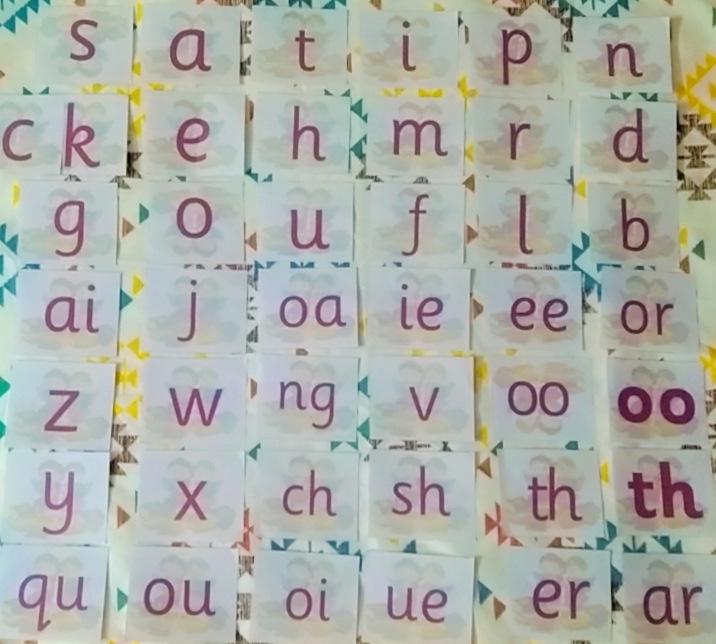Welcome to nature-nurture 🐇! My name is Nikhat! I 'm a Certified Phonics Facilitator with a passion for providing quality reading instructions and skills to all learners!💜
CONSONANTS: b, c, d, f, g, h, j, k, l, m, n, p, q, r, s, t, v, w, x, y, z.
In the English language consonants include sounds like /b/, /k/, /s/, /m/, /p/ and so on.
They contrast with vowels, which are sounds produced without significant constriction or closure in the vocal tract.
🟣A consonant is every other letter that is not a vowel!
🟣When a consonant is paired with a vowel it makes up a syllable.
🟣< Y > can act as both a vowel and a consonant eg.- sky or pretty, we can say it the vowel's cousin.

SYLLABLE : A syllable is a part of a word that has one vowel sound in it.
💬 We can practice by putting our hands under our chin when we say a word and count how many times it open.
We can do activities with our students by giving them different words and ask how many syllables are in the word.
All words are made up of sounds. There are atleast 42 sounds in English but not only 26 letters are used to represent these sounds. For reading and writing children need to be fluent at saying the sounds when they see the letters.
In synthetic phonics the sounds are categorised in seven groups:
- s a t i p n
- c/k e h r m d
- g o u l f b
- ai oa ie ee or
- z w ng v little oo long oo
- y x ch sh voiced th unvoiced th
- qu ou oi ye er ar.
If you guys want more content like this. Do💜 and support.